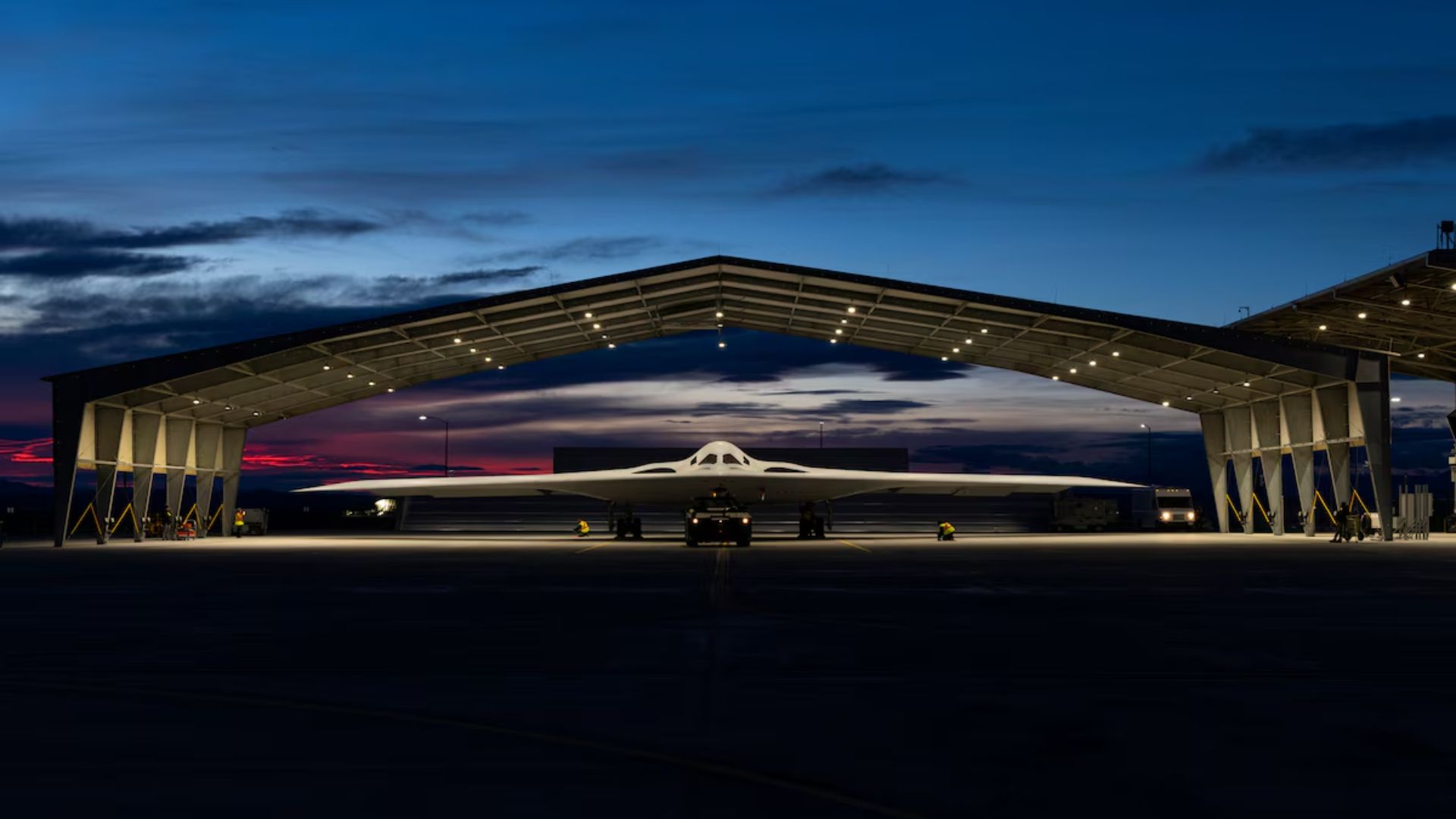The B-21 Raider, America’s next-generation stealth bomber, has gained much-needed momentum.
After a successful maiden flight in November 2023, the futuristic aircraft encountered turbulence due to cost overruns on the initial batch.
However, recent negotiations between the Air Force and Northrop Grumman, the B-21’s manufacturer, have cleared the runway for continued development.
B-21 Raider: Initial Losses, Strategic Wins
Northrop Grumman, locked into fixed-price contracts for the first 21 B-21 Raider aircraft, faced a financial headwind with over $1 billion in cost overruns.
Recognizing this, the Pentagon agreed to a higher price cap for the next 19 aircraft, ensuring continued production without jeopardizing the program’s health or burdening the contractor further.
“Final terms, quantity, and pricing beyond the first 21 (B-21) aircraft are subject to negotiation. The government and Northrop Grumman have established not to exceed pricing for an additional 19 aircraft,” the company wrote in a June 18 release. “The average not-to-exceed value for the subsequent lots is above the average unit price of the five LRIP (Low-Rate Initial Production) lots.”
Advertisement
Balancing Affordability and Capability
Despite the initial cost adjustments, the long-term goal of achieving an average unit cost of $550 million per B-21 stealth bomber in 2010 dollars (around $700 million today) remains paramount.
This target, crucial for program affordability, depends on the Air Force ultimately acquiring at least 100 B-21s.
Negotiations for pricing beyond the first 30 aircraft are ongoing, with a clear focus on striking a balance between affordability and building a robust bomber fleet.

Early Negotiation Wins for the Air Force
While the initial fixed-price contracts proved disadvantageous for Northrop Grumman, they provided the Air Force with a strategic advantage.
Securing the first batch of B-21s at a lower-than-expected cost showcased the Air Force’s strong negotiation tactics.
This success is further reflected in the reduced budget request for the program in fiscal year 2025 at $2.7 billion, demonstrating efficient financial management.
Flight Testing on Track, Eyes on Global Stage
Flight testing of the B-21 Raider is “progressing well,” signifying the program’s overall progress.
Beyond its futuristic design and stealth capabilities, the B-21 boasts a significant strategic advantage – the ability to deliver gravity bombs against heavily defended targets.
This capability, coupled with a potentially larger payload capacity compared to its predecessors, positions the B-21 as a force multiplier for the Air Force.
A Race for Aerial Dominance
The B-21 program also plays a critical role in the global race for long-range strategic aviation.
China’s H-20 bomber, anticipated to be unveiled later in 2024, serves as a reminder of the intense competition.
The B-21’s successful development and deployment are crucial for maintaining the Air Force’s aerial dominance in this evolving landscape.
The B-21 Raider program, despite navigating early cost challenges, has emerged stronger with the recent negotiations. This success paves the way for full-scale production.
As B-21s roll off the assembly line and flight testing continues, the Air Force is poised to solidify its aerial dominance with this stealthy, next-generation bomber fleet for decades to come.
The B-21 Raider is not just a technological marvel; it’s a symbol of American airpower innovation and strategic foresight in a rapidly changing global landscape.
—
Disclaimer: SOFREP utilizes AI for image generation and article research. Occasionally, it’s like handing a chimpanzee the keys to your liquor cabinet. It’s not always perfect and if a mistake is made, we own up to it full stop. In a world where information comes at us in tidal waves, it is an important tool that helps us sift through the brass for live rounds.










COMMENTS
You must become a subscriber or login to view or post comments on this article.